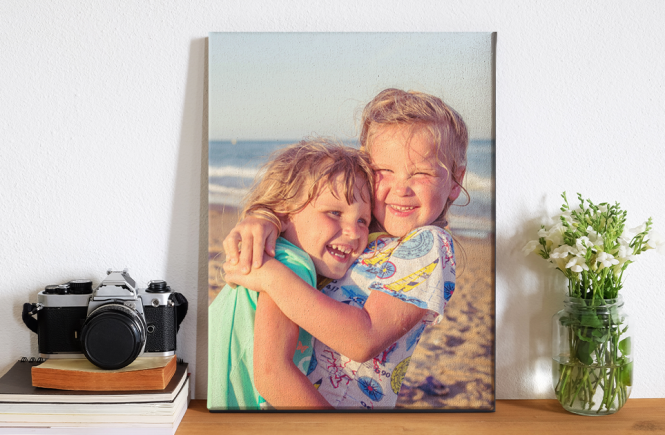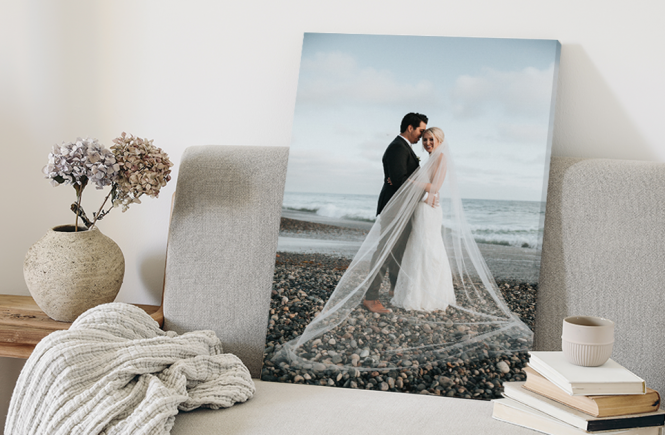Content & Photos Courtesy of Clint Griffith.
Clint Griffith is a Photographer in Gloucester Virginia.
To view more of Clint’s work, visit: Facebook.
To capture the perfect beach landscape photograph takes preparation, proper equipment and luck. The color tones you can capture at the beach are nothing short of breathtaking and with persistence, you can achieve some really stunning, painterly images. Here are some tips to make your beach landscape images print quality worthy!
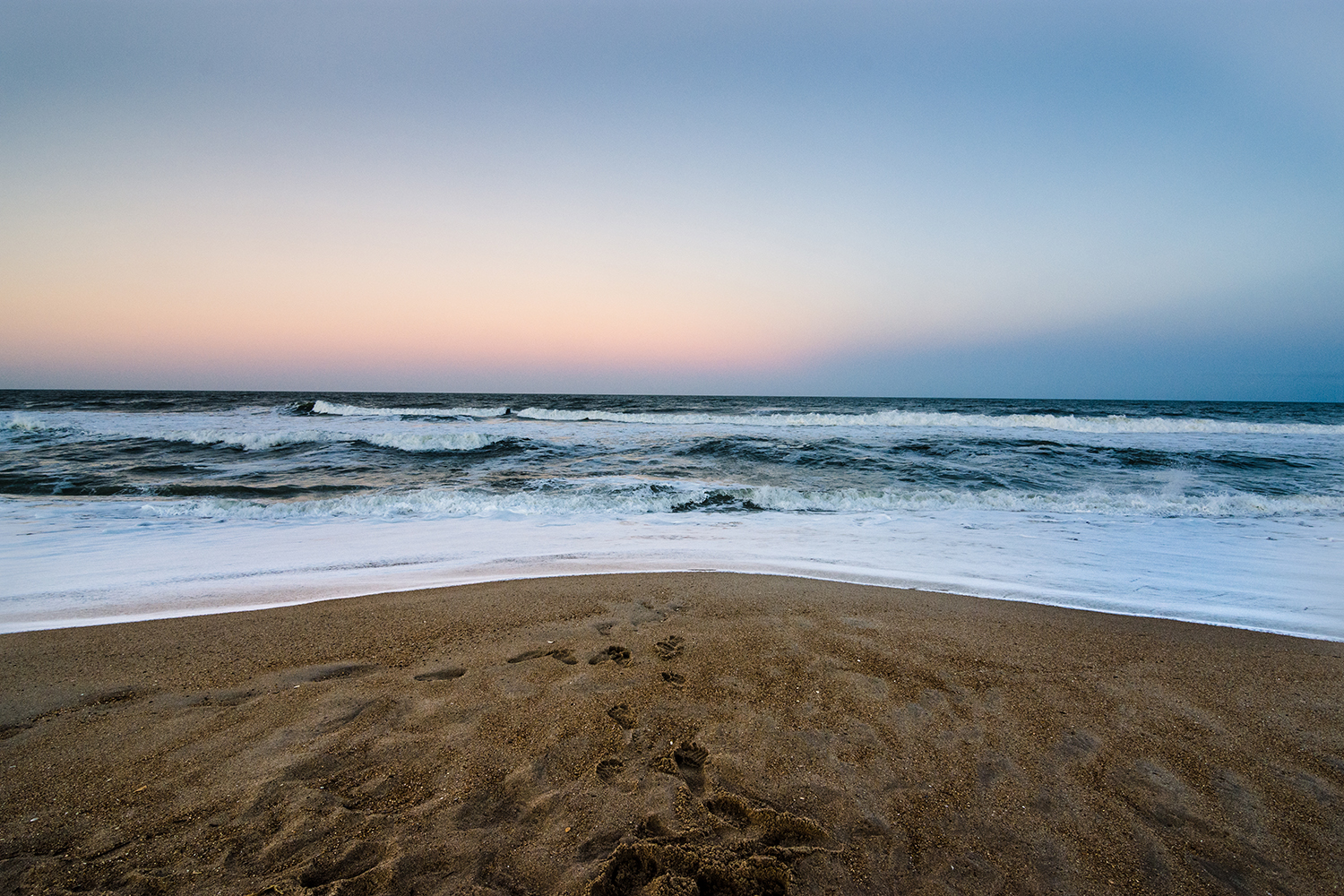
1. Get to the beach VERY early.
Taking ownership of a spot and deciding your composition should be the first thing you do. There are usually many other photographers with the same idea, so beating them to the prime spots is a must.
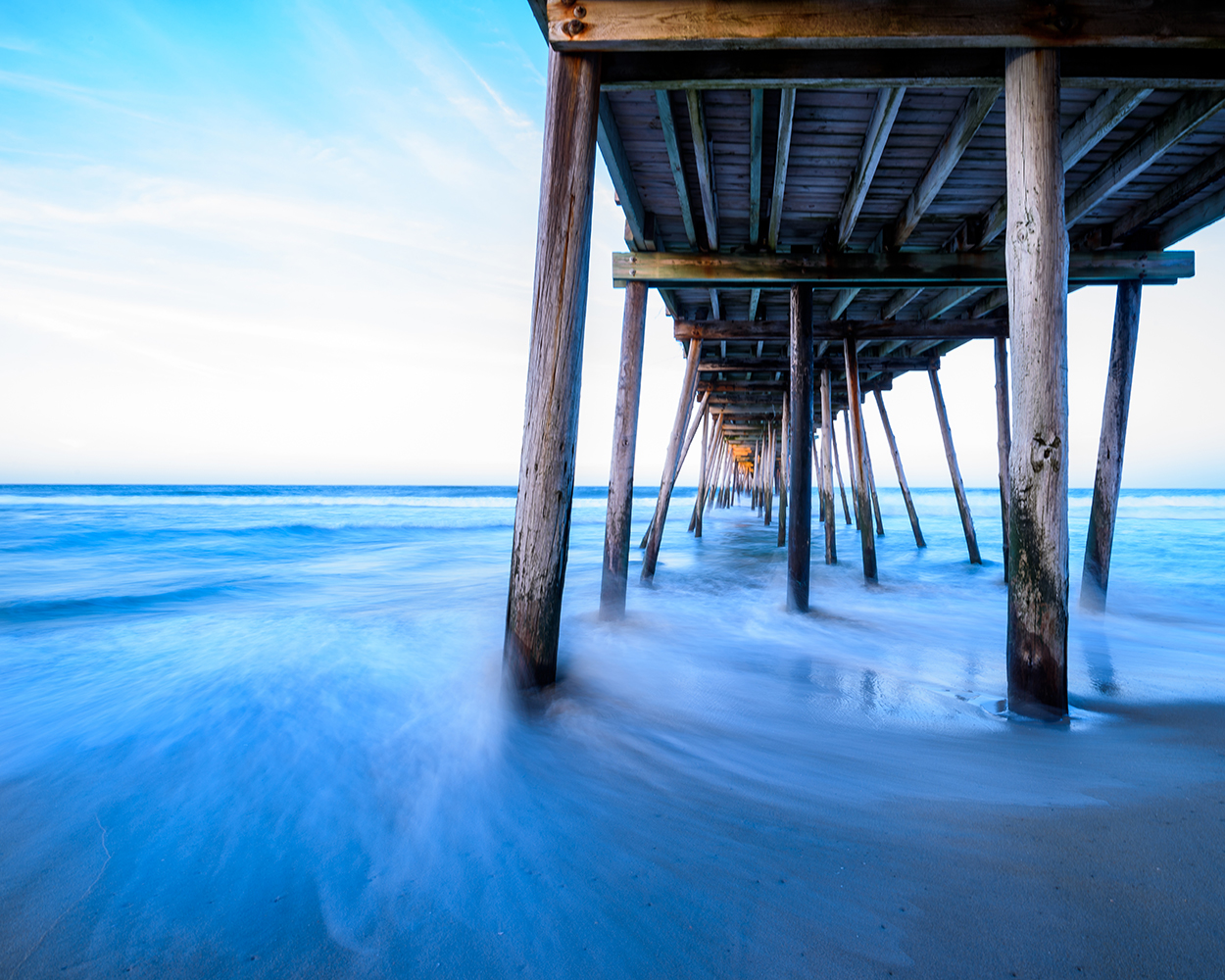
2. Use a tripod. Tripods are key to any type of landscape photography. Tripods allow you to dial in your composition and not risk any unnecessary movements. The slightest amount of camera shake can ruin a photo. The beach is usually quite windy, so attaching a weight to the tripod can further help eliminate this problem.
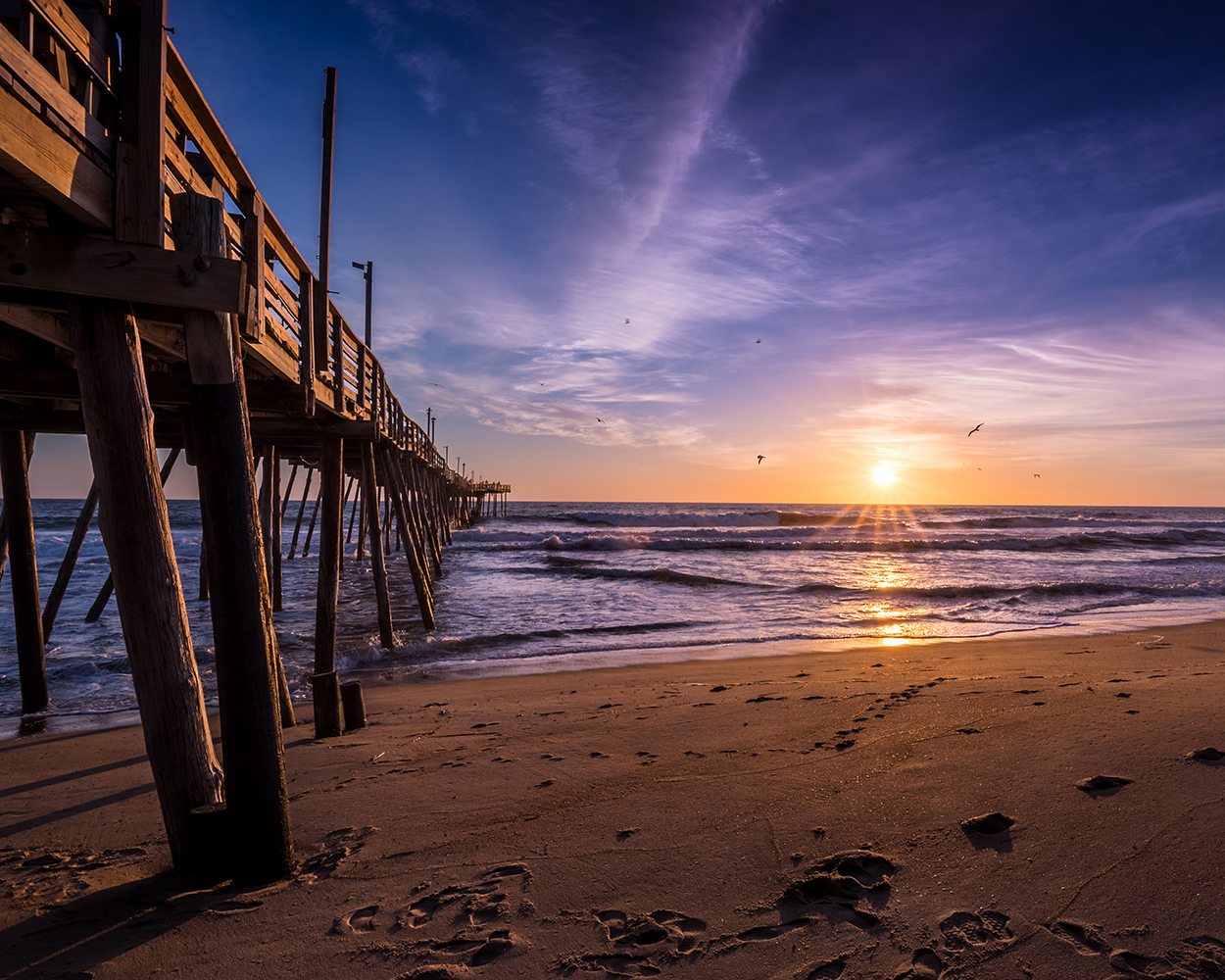
3. Use a wide angle lens. Wide angle lenses allow you to capture the full landscape. I typically use 30mm lenses or wider. For these images, I chose to use a Tamron 15-30mm set between 18-20mm. This can depend mostly on how much of the scene you want to include in the image.
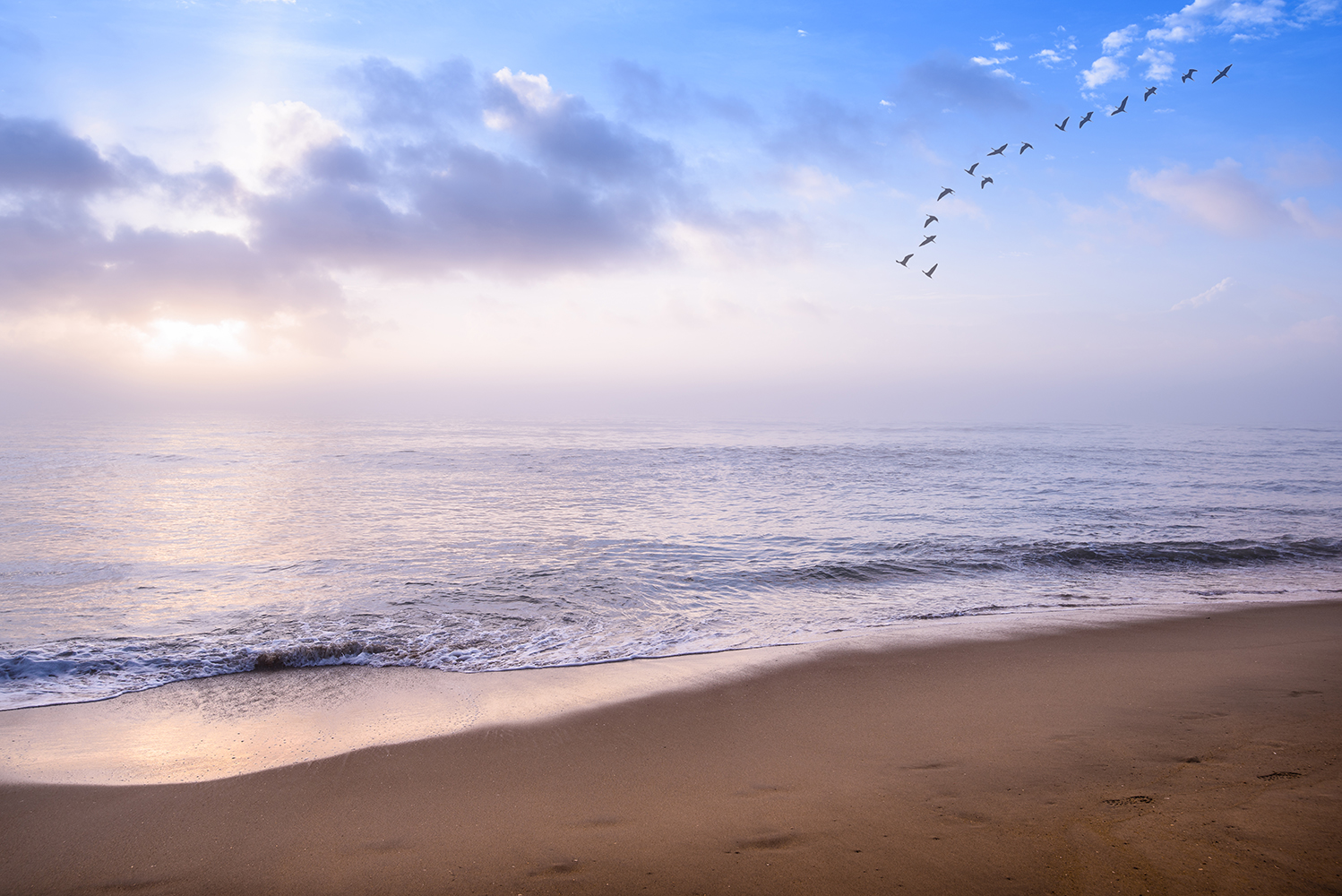
4. Shoot using narrow apertures. When photographing landscapes, the more in focus the better. I like to shoot at F8 or higher depending on the capability of the lenses, with the least amount of distortion possible.
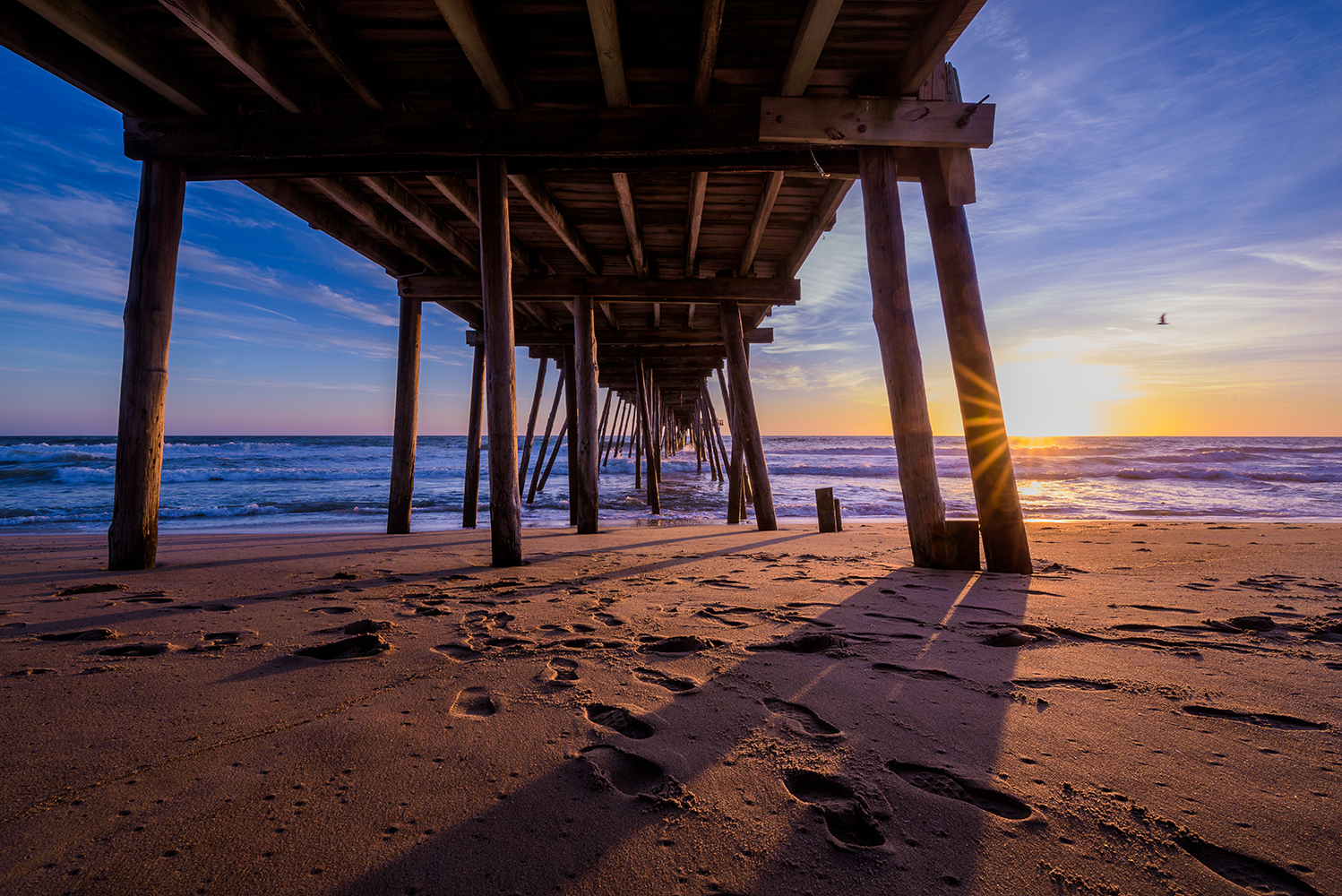
5. Adjust camera exposure for the brightest part of the scene. For sunset photographs, I expose for the sun. This is one portion of the image that we don’t want to blow out or overexpose. Setting the camera up to make sure the details remain in the highlights can be challenging with the rising sun. The sky continues to get brighter as it rises, and colors are constantly changing. As soon as the sun peeks on the horizon, start shooting and adjust as needed.
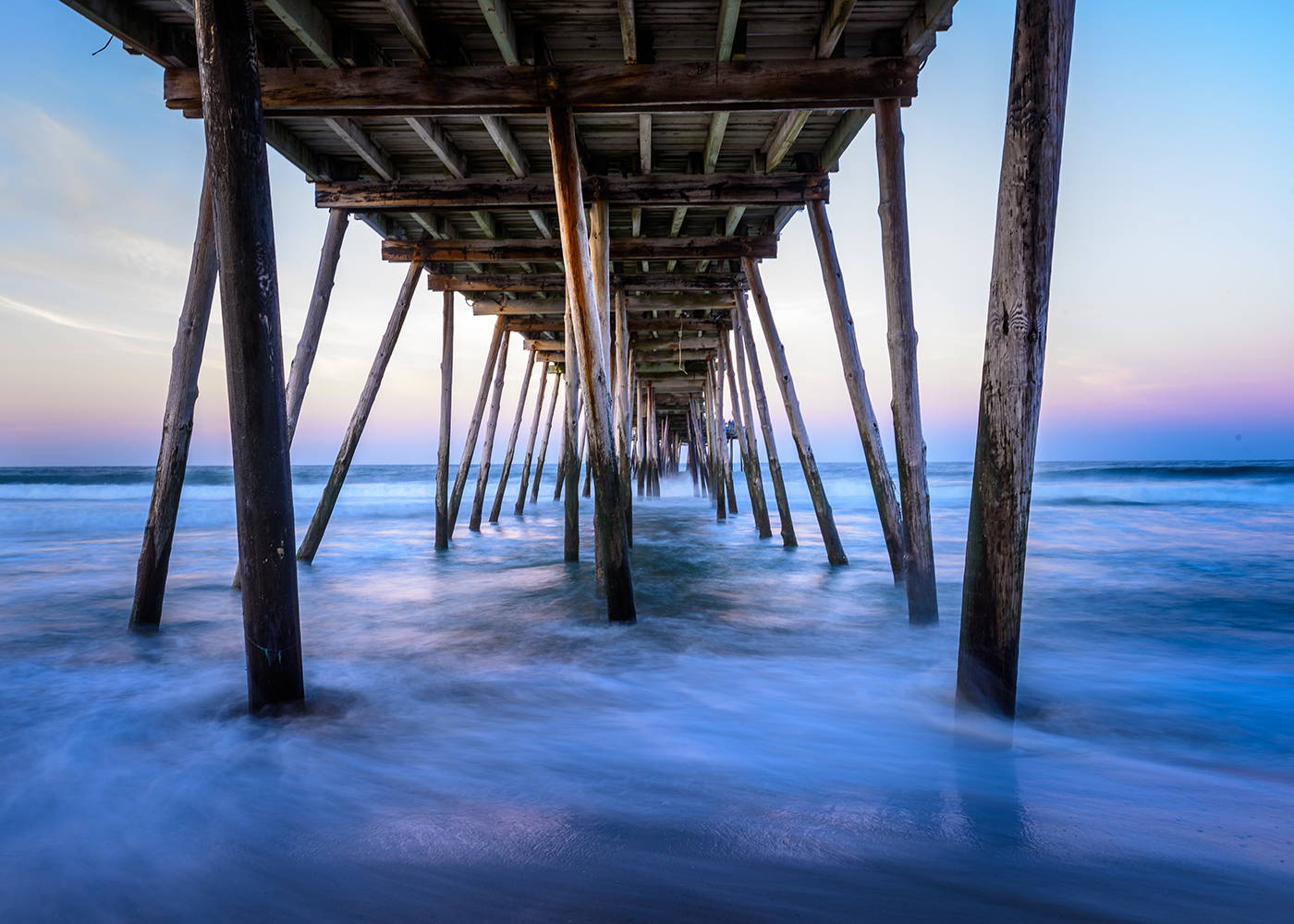
6. Play with shutter speed. Adjust your shutter speed to suit the mood you’re trying to achieve. Slow shutter speeds create drama in a photograph. Smooth, foggy-looking water shows movement and brings the photo to life.
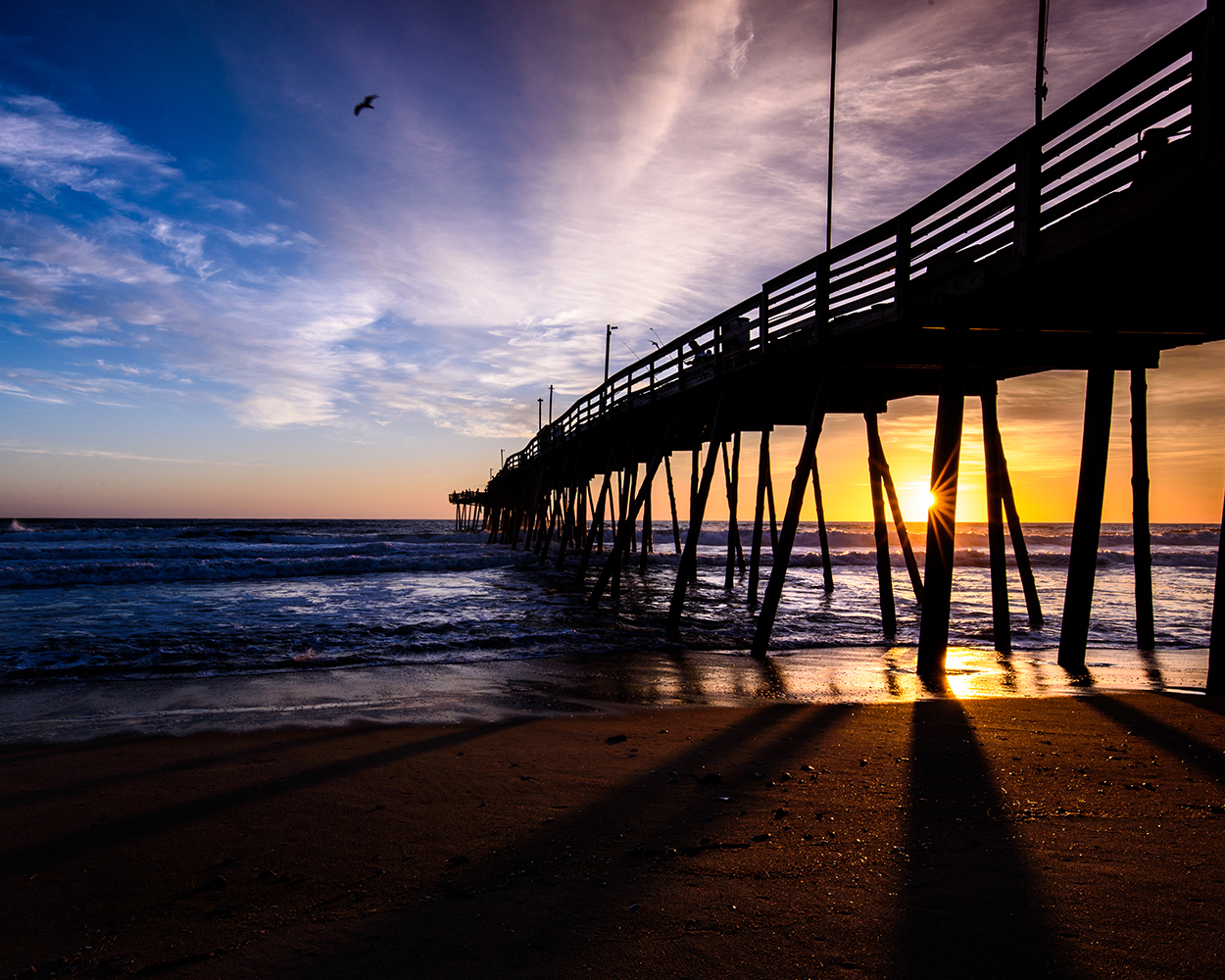
7. Timing is everything. When photographing sunsets, there are a few seconds where the colors are just right. The magentas, blues, and oranges mix to create a beautiful scene. As the sun peaks higher, the brighter colors get stronger. Try to capture as much as you can while adjusting your settings during this time. There’s nothing quite like the mood an early morning sunrise photograph can display.
Content & Photos Courtesy of Clint Griffith.



